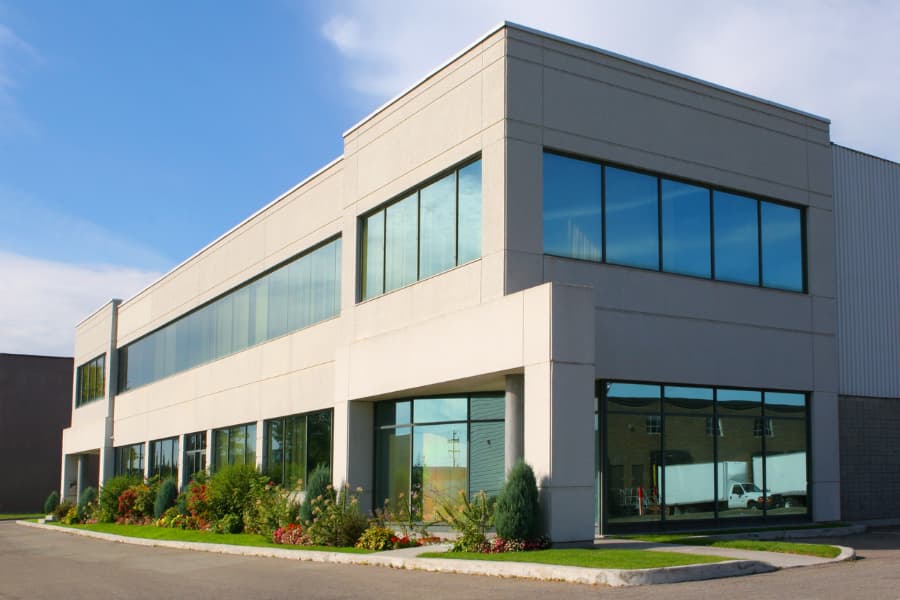
Advantages of Concrete as a Construction Material
Among architectural materials, concrete is the most widely used due to its benefits compared to other materials. With exceptional features that make it desirable, you can see concrete architecture in almost every urban building. Contractors look for several important factors concerning building materials, including cost, strength, sustainability, durability, and safety.
Best Concrete Mix Corp. provides concrete with the perfect balance between all of these elements that can be used in many different application methods. Here, we take a look at some of the benefits of using concrete in architecture.
Concrete Is Energy Efficient in Production
Concrete is the only building material that delivers the lowest carbon footprint in production. The amount of energy used for concrete production is low compared to other materials, such as steel. For example, you only need 450 to 750 kWh/ton of energy to produce cement, while reinforced cement needs between 800 to 3,200 kWh/ton. This energy use is lower than steel production, which can demand up to 8,000 kWh/ton.
Furthermore, concrete is recyclable and can be used as a subbase in roadbeds and parking lots. This makes it the best option for reducing carbon footprint and other wastes used in construction.
Concrete Is Affordable and Economical
Concrete provides one of the most efficient and cost-effective means of constructing buildings. Compared to other architectural materials, concrete materials are low maintenance, meaning they reduce the operating costs related to upkeep and rebuilding.
Since the main ingredients of concrete – cement, water, and aggregates – are inexpensive and widely available worldwide, this makes it incredibly affordable as well.
Furthermore, concrete structures don’t require coating and painting for regular applications compared to steel and wood. Coating and painting can be done on a routine basis, which makes maintenance costs lower than other structures.
Concrete Is Local
The fact that concrete is found anywhere in the world makes it a common commodity. Suppliers don’t have to ship the material to great distances when constructing buildings because they can manufacture from any area using local resources. As a result, it minimizes shipping and pollution while also contributing to the local economy.
Concrete Is Strong and Durable
Concrete is designed to last many years, with a lifespan twice as long as any other building materials. It gets stronger over time, too, which reduces the total ownership costs and environmental impact associated with reconstruction. As a result, its strength makes it the preferred option when looking to shoulder heavy loads since it contributes to the compressive strength of reinforced concrete structures.
Also, concrete isn’t affected by rust or rot, which makes it exceptionally durable. Its architectural structures are built to last and contain water-resistant characteristics. In the aftermath of extreme water events, concrete structures are shown to be resilient. It can be ideal for underwater and submerged applications as well, which is why concrete is used to build structures in or near waterways, such as dams and waterfront structures.
Concrete Is Fire Resistant
Concrete can withstand high temperatures better than wood and steel. It’s a poor conductor of heat and can withstand it for up to six hours. As a result, you can use the material at high temperatures and in blast applications.
The main binder in concrete is calcium silicate hydrate, which can withstand a temperature of 910 degrees Celsius. It can store a considerable amount of heat from the environment, allowing sufficient time for rescue in the event of a fire.
Concrete Can Be Flexible
A unique feature of concrete is the flexibility that enables architects to form different types of structures. It’s a fluid building material that permits designers to adapt it to any form, shape, or texture. Fresh concrete can be poured into various configurations to form desired shapes and sizes at a construction site.
While it’s strong and functional when hardened, concrete’s plasticity makes it a favorite for designers and architects. It can be cast into complex shapes and formations by adjusting the mix. Technology has also allowed for innovations, such as ultra-high-performance concrete or photocatalytic concrete.
Utilize Concrete’s Benefits Today
With all of these benefits, you can see why concrete is a favorite building material in construction and architecture. To learn how concrete could play a role in your next project, contact the Best Concrete Mix Corp. at 718-539-5946 for a consultation so we can help you design concrete structures for your next architectural project.


